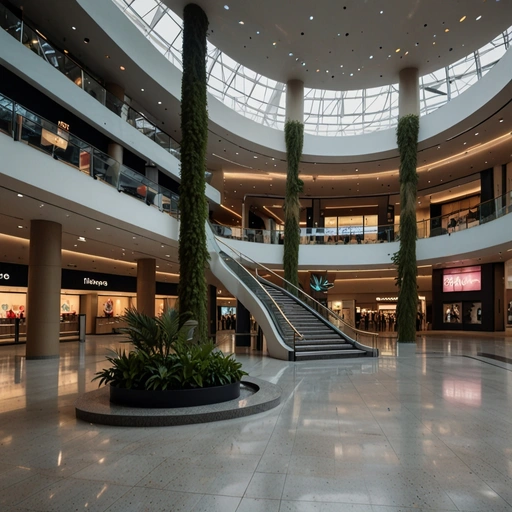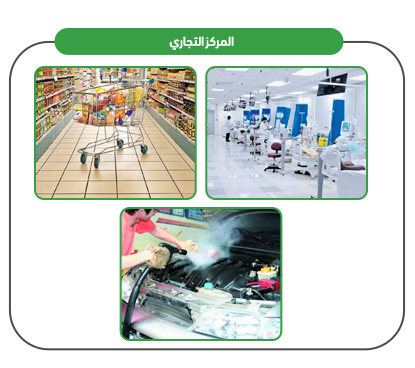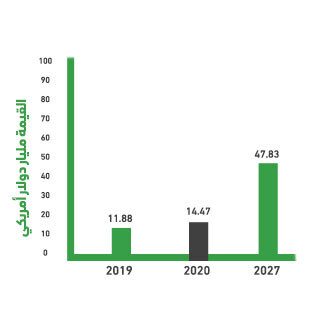A mall project feasibility study is a vital document for assessing the project’s potential success in a competitive market filled with opportunities and challenges. The study addresses the criteria by which a location must be selected to ensure the flow of the target audience. It also analyzes the needs and purchasing behaviors of potential customers, as well as studying competitors and assessing their strengths and weaknesses. The study also includes dividing the project’s spaces and outlining its facilities and designated areas, such as shops, cafes, restaurants, cinemas, and games, as well as parking spaces, event areas, exhibitions, and more. To ensure the project’s sustainability, the study details the initial and operating costs, then identifies revenue sources, the return on investment rate, the break-even point, and the payback period. The study also takes into account the mall’s marketing strategy and explains the mechanisms through which audiences can be attracted, such as the use of social media, sponsored ads, and influencer marketing. It also outlines how promotional events are organized and global brands are attracted.

The mall project is an integrated shopping and entertainment destination, providing an exceptional experience that combines modernity and diversity to meet the needs of customers with different interests. The center is strategically located and easily accessible, ensuring a continuous flow of visitors from families and individuals, making it a major attraction for local and international brands. The project includes a wide range of stores specialized in fashion, electronics, home appliances, and cosmetics, as well as a restaurant and café area. The mall has state-of-the-art entertainment facilities, such as cinemas, family play areas, and spaces dedicated to events and promotions, reinforcing its position as a premier entertainment and shopping destination. For the convenience of visitors, the center offers state-of-the-art facilities that include ample parking, smart crowd management systems, and high-end services such as information desks and personal assistance. The project adopts a modern architectural design that combines aesthetics and functionality, while providing open spaces and natural light to satisfy all visitors. <br>



A large number of shops
A parking garage
A central, easily accessible location
A highly qualified and efficient workforce
A variety of products and services offered
Competitive prices
Executive summary
Study project services/products
Market Size Analysis
Risk Assessment
Technical study
Financial study
Organizational and administrative study

Service sector in GCC countries
According to the macroeconomic theory of sectors, the economy is divided into three main and large sectors: the first; – is the sector that is based on collecting raw materials and includes mining companies, timber companies, oil exploration companies, in addition to agricultural and fishing industries. The second sector; is the sector that depends on goods and their sale, such as: (car manufacturing, furniture, clothing trade… etc.). As for the third sector, known as the “services” sector; it is the sector responsible for providing and producing services, essentially relying on intangible things, such as: entertainment, health care, transportation, hospitality, restaurants, etc. This theory believes that the more advanced countries are, the more their economies are based on the third sector, unlike primitive countries, which rely mostly on the first sector (the United States of America, for example, the service sector constitutes 85% of its economy).
Kingdom of Saudi Arabia:
The State of Qatar:
Kuwait:
United Arab Emirates:
Sultanate of Oman:
Global Service Sector
The service sector is the major contributor to the world’s gross product; It alone accounts for more than three fifths of this output. The sector does not rely on the production of tangible goods such as automobile and furniture, but rather on the provision of intangible services such as banking, medical care, transportation, hospitality, leisure, etc. The value of the sector market was estimated in 2020 at USD 10,814.49 billion and rose to USD 11,780.11 billion in 2021. The market achieved a CAGR of 8.9%. After recovering from the effects of the coronavirus pandemic, global market experts expect the sector’s market to reach US $ 15683.84 billion by 2025, bringing the market to a CAGR of 7% in the coming years.

Mashroo3k Consulting recommends investing in the services industry, as its contribution to the global GDP increased from 62.8% in 2010 to 65.7% in 2020. According to World Bank data, the contribution of this industry to the global GDP is expected to rise to 69.6% by 2030.